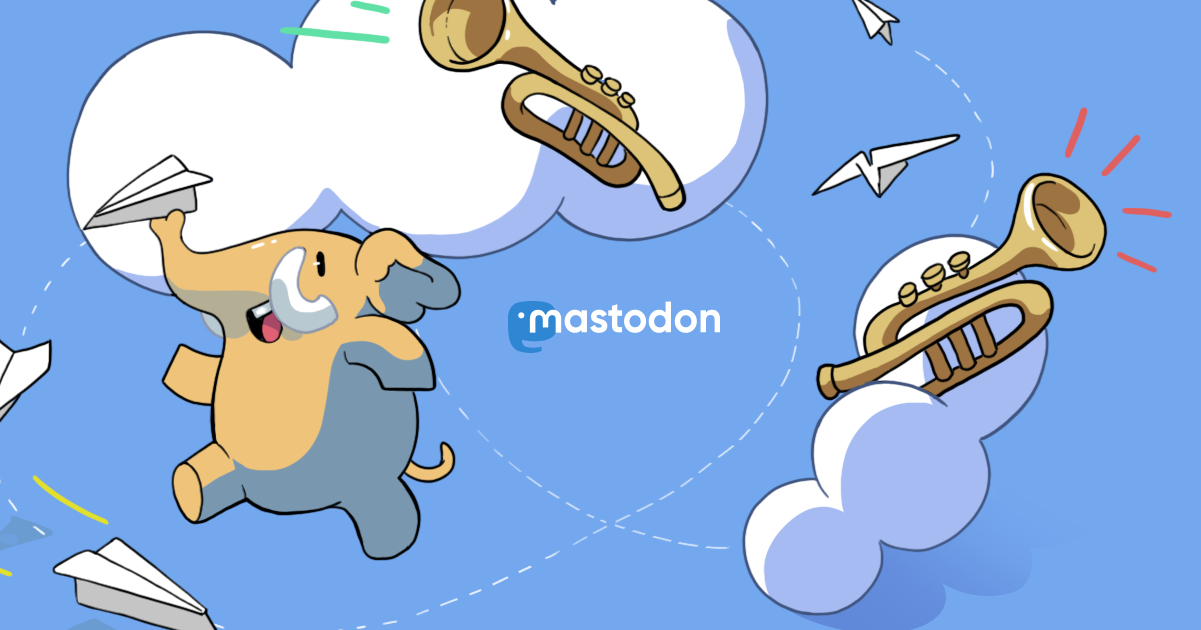
Unapologetically boosting this because it's a nice story about a kid who fell in love with computing through @PyretLang (which runs fine on 6yo computers) and now runs his own education program. Go Isaac!
Okay #AFOL and #Lego nerd types - super excited that this airship MOC I worked on for a year is now up on Lego Ideas! If it reaches 10K supports, there's a chance for it to be made into a real Lego Set. Based on Terry Brooks's "Voyage of the Jerle Shannara" trilogy
https://ideas.lego.com/projects/0b565e40-80a4-46bb-bf10-9bbcc26b40e5
Worked crossing guard duty on the driveway with the toddler this AM and …. LOOK AT ALL OF THESE SWEET BABIES 🥹🥹🥹
Some of the #GameDev and #GISChat folks may have noticed that Google released all of Google Earth as streamable glTF 3D Tiles, which is an absolutely fantastic achievement, but the use-cases are limited by the nature of photogrammetry.
@geopipe uses inverse procedural modeling to get clean geometry at human scale *and* imbue the models with enough semantic information to plausibly see what the same scene would look like at a different time of day.
here's the spot: https://goo.gl/maps/sfvM5ets4NgzVjxW9
Note to self: speakersafetyd ALSA mixer interlock design:
Volume unlock is built on the mixer control exclusive lock feature (need to add an ALSA core callback to the kctl to implement this).
DVC volumes are initially capped at a safe volume known to be safe for the speakers for all possible audio signals (set kernel-side).
There is a special global watchdog/unlock control (takes an integer timestamp)
speakersafetyd must first lock the watchdog control and write the current timestamp (CLOCK_MONOTONIC) to it.
It can then lock the volume controls. This fails if the watchdog control is not locked or not up to date.
When a volume control is locked by the same PID as the timestamp control and the timestamp is up to date, it removes its volume cap.
The timestamp must be refreshed at least once per second while the playback PCM stream is active (== the feedback PCM stream is receiving samples). It is allowed to remain unupdated while the PCM is inactive (volumes remain set, but time since last update is cumulative while PCM runs, PCM becoming active does not reset the timeout).
If at any point the watchdog expires or the unlock control lock is dropped (indicating the daemon died), all volumes are again reset and capped to a safe level.
If an individual volume control lock is dropped, that individual control goes back to safe mode (only).
One thing I learned during this process is:
I originally wanted the source language to have somewhat well-defined ASTs where macro-calls are parsed with their arguments as subnodes. I very quickly realized this is completely untenable for a system that needs to interact with TeX, so I switched to a system where the macro call is a sibling of its arguments rather than a parent. Then a simple TeX-style expander chomps through these expressions, popping arguments as-needed depending on the arity of the macro.
@ricci I think I remember you originated the `99` emoji on discuss dot systems, so I feel the need to share this gem ![]()
WebGPU, the new graphics API for JavaScript, shipped in a stable web browser (Chrome 113) about… an hour ago!
I have written a blog post about it, covering a brief (okay, not brief) history of graphics APIs to ~situate WebGPU in a context~, a brief general guide to writing WebGPU, and some specific resources for making WebGPU projects in TypeScript, Rust, and C++ (you can use it on desktop! it doesn't have to be in a browser).
I think WebGPU is really good.
https://cohost.org/mcc/post/1406157-i-want-to-talk-about-webgpu
I'm super excited to finally share our work, accepted to Siggraph 2023: https://research.nvidia.com/labs/rtr/neural_texture_compression/ Neural Texture Compression, where we create a novel compression algorithm and format explicitly designed for rendering and graphics.
Compressing whole material texture stacks and their mipmaps together, we beat the BC formats by 10-16x - while keeping the random access requirement.
At the lowest bitrates, we surpass JPEG XL and AVIF, despite those formats being entropy coded.
Disappointed in myself for not accepting the Met Gala photo assignment because this would have been my year.
https://people.com/style/met-gala-2023-cockroach-red-carpet-photos-video/
- Personal
- http://sfgp.cemetech.net/
co-Founder // Chief Science Officer at @geopipe (🖖🏻), PhD from Brown CS Dept (w/ @maurice), SMCVT alum (Math/Physics/CS), admin at Cemetech, AFOL & open-theist.
Decentralizing systems (human & digital). Opinions are my own.
📍 Vermont
